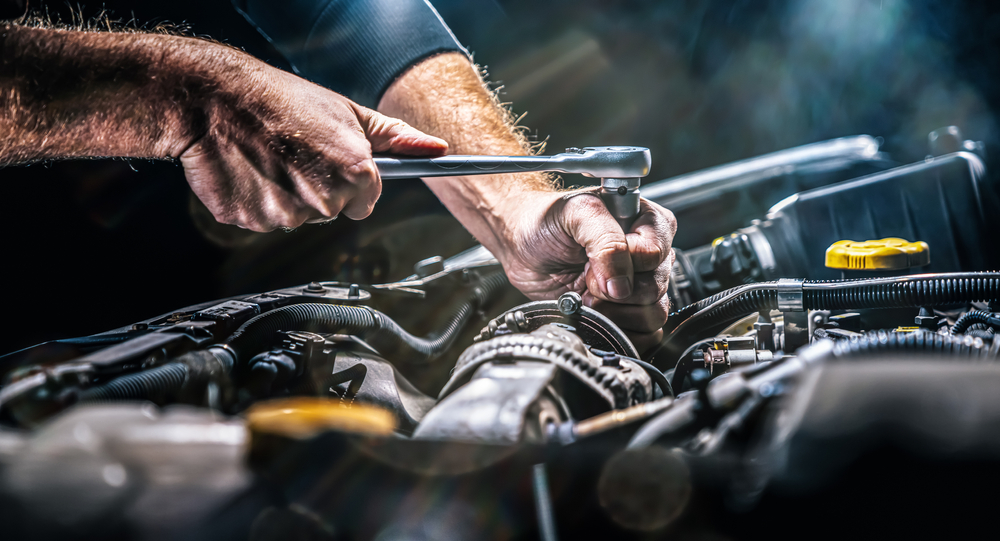Maintaining proper wheel alignment is vital for any vehicle, and Tesla cars are no exception. When it comes to alignments, the debate between DIY checks and professional services is a common dilemma for many Tesla owners. At Mike’s Brake & Alignment Shop, we appreciate the enthusiasm for hands-on projects, but aligning a Tesla is a complex process that requires precision and specialized equipment. In this blog, we’ll explore why opting for a professional Tesla alignment is crucial.

Precision Matters
DIYers are attracted to the idea of taking matters into their own hands. Despite the abundance of online guides promising a perfectly aligned Tesla, attempting a DIY alignment without the necessary knowledge and tools could result in misalignments. Tesla vehicles are engineered with cutting-edge technology, and inadvertently tampering with these intricate sensors and components may lead to issues such as uneven tire wear, diminished fuel efficiency, and eventually, engine performance.
Related: Learn more about the reasons behind car engine failure here.
Specialized Equipment
Tesla vehicles, particularly those equipped with Autopilot features, rely heavily on sensors and cameras to navigate and operate safely. Professional Tesla alignments involve specialized equipment that ensures these sensors are precisely calibrated. DIY attempts often lack access to this equipment, potentially leaving your Tesla’s safety features inoperable or unreliable. Trusting a professional service with all your car maintenance needs ensures that your vehicle’s intricate systems are aligned with the manufacturer’s specifications.
Related: learn more about why both routine maintenance and repairs matter here.

Safety First
Tesla’s commitment to safety is a cornerstone of its brand. Aligning the vehicle’s wheels impacts its handling, braking, and overall stability. A misaligned Tesla can compromise these safety features, putting you and your passengers at risk. Professional alignment services have the expertise to adjust your Tesla’s suspension and steering components accurately, prioritizing safety and ensuring your vehicle performs as intended.
Preserving Warranty and Resale Value
Attempting a DIY alignment on your Tesla could void your warranty if any issues arise. Tesla’s warranty typically covers defects and malfunctions that occur through normal use or factory errors. However, DIY alterations may not be covered, leaving you responsible for any resulting damage or issues. Additionally, when it comes time to sell or trade-in your Tesla, potential buyers may be wary of a vehicle with a history of DIY maintenance, impacting its resale value.
Trust Mike’s Brake & Alignment Shop for professional Tesla Alignment in Fort Worth, TX
At Mike’s Brake & Alignment Shop, we ensure precision, safety, and the preservation of your vehicle’s performance and value. We possess the knowledge and expertise to ensure your Tesla performs at its best, without compromising safety or efficiency. Contact us by calling (817) 834-2725 or visit our website at mikesautospa.com for more information.

















